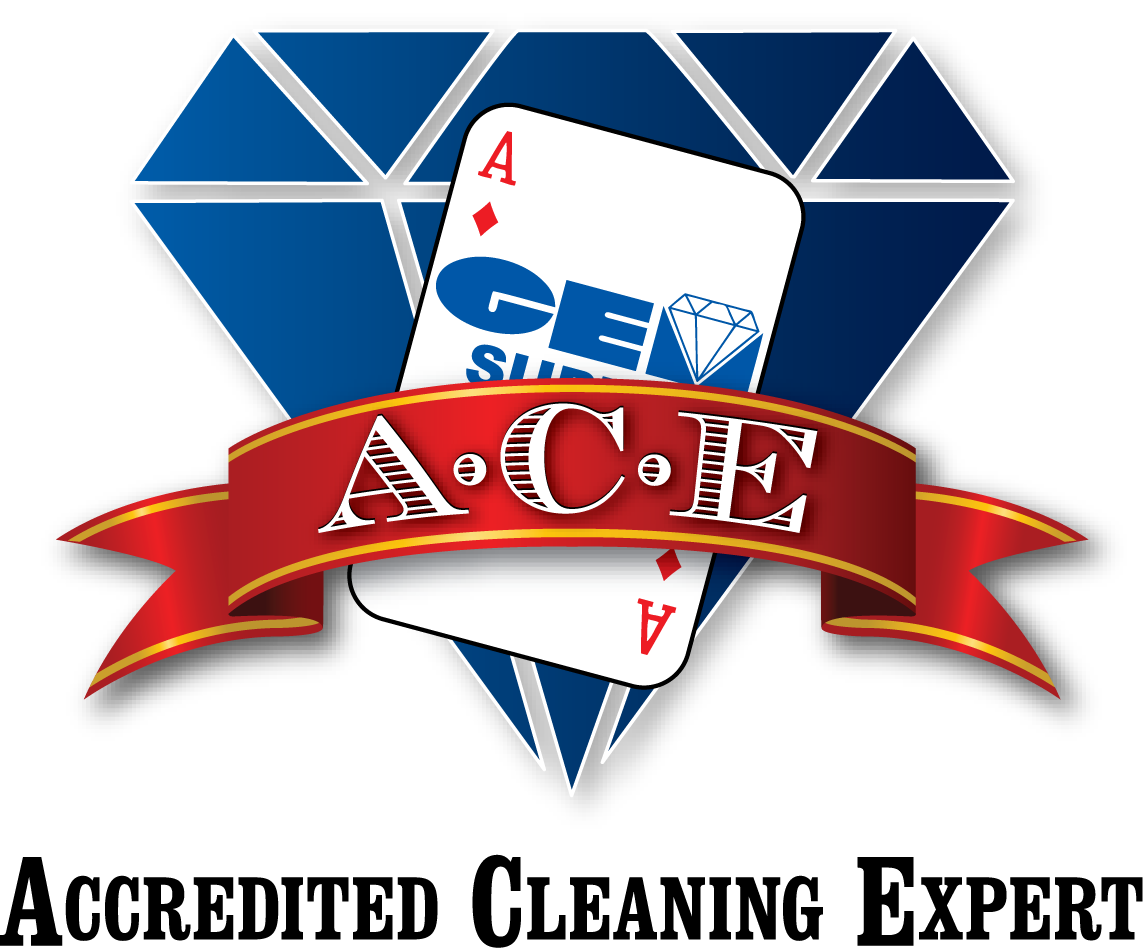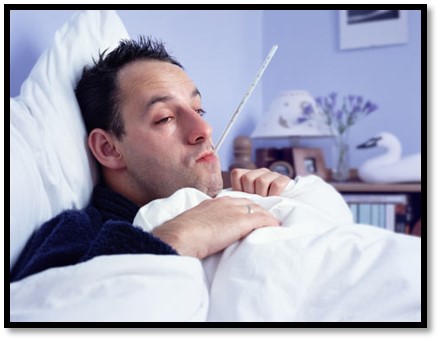Cleaning for Health and Safety
Question: What are the top SIX activities in cleaning that will have the greatest impact on safety and health?
Answer: Here is my list of the top SIX activities necessary to impact the health and safety of our public.
- Train and re-train housekeepers (custodial staff) that their role is NOT cleaning for appearance sake, but for “health’s sake.” For too long we have judged the cleanliness of surfaces based on a shiny floor, smudge-free glass, spot-free carpet and a clean nice smelling rest room. The indoor environmental surfaces can be clean, but unhealthy or unsanitary. BUT, if those same surfaces are healthy and sanitary, THEY ARE CLEAN! There is a science to cleaning and disinfecting. The Environmental Services (ES) staff performs both the a.) Clinical function of removing and inactivating/killing HAI producing microbes, and, b.) The practical function of cleaning by restoring the room to order after soil removal activities are completed.
- The time has come to turn cleaning professionals into Hygiene Specialists (trade marked by UMF PerfectClean). Moreover, infection prevention will only become a reality when the hygiene specialist is properly regarded, educated and equipped. The hygiene specialist must be: a) Well trained and coached; b) Equipped with the necessary tools to clean, sanitize and/or disinfect; c) Allotted time to do the necessary tasks; d) Provided the tools to enable scientific measurement of “clean”; e) Educated about the prevention and transmission of disease.
- Train those who clean that there is a pattern for cleaning; Clean the room from top, down and from the cleanest part of the room to the dirtiest; leave the rest room for last. When cleaning the “patient zone” (the area 3′ [1 meter] around the patient’s bed, including the bed rails); use a fresh, clean cloth for the patient’s zone.
- Never double dip a cleaning cloth. Set up a bucket of properly diluted disinfectant at the beginning of the shift; add 10-15 microfiber cloths to the bucket. Reach into the bucket for a clean, disinfectant-charged cloth; NEVER return (double dip) a soiled cloth into the solution bucket. The analogy I like to use is this; when you pull a disposable disinfectant wipe from a container and use it to wipe a soiled surface, do you return it to the container? No, it is disposed of. The same should be true for soiled microfiber cleaning cloths…they are put into a bag to be laundered daily.
- Using a quaternary ammonium disinfectant with “retired” cotton cleaning cloths (i.e., surgical towels, terry cloth towels and washcloths) and mops is counterproductive. Unfortunately, this combination is used in most hospitals and hotels. The cotton in these retired cloths inactivates quat disinfectants by binding the active ingredients to the cotton rather than releasing them to the surface. This happens within 5 minutes of introducing cotton to the bucket of quat disinfectant. In fact, you might as well be using water after 5 minutes because the ppm of active ingredients is out of specification for EPA registration. At that point, you are using the product “in a manner inconsistent with the manufacturer’s label” and are in violation of US federal law.
- Regardless of whether or not a “One-Step” disinfect (manufacturer claims surfaces do not need to be pre-cleaned) or a “Two-Step” disinfectant (must be applied to pre-cleaned surfaces) is being used, the surface SHOULD be cleaned with a general purpose cleaner and a high denier microfiber cloth for soil removal and followed by the disinfectant of choice. The AOAC testing that is done on disinfectants before submitting them to the US EPA for registration is “in the presence of 5% blood serum.” If surface soil is greater than 5%, the disinfectant is most likely over challenged (ineffective due to the soil load). For a surface to have greater than a 5% soil load, the soil most likely is NOT VISIBLE. If 90-95% of the soil (and micro-soil) can be removed with a general-purpose cleaner and superior microfiber cloth, most of the food and moisture necessary for microorganisms to survive on a surface are removed. Then, the disinfectant that is applied has a much better chance of killing the remaining microorganisms.
Reference: Darrel Hicks, April 16, 2013; Infection Prevention Q&A Part 3, Darrelhicks.com
![]()

